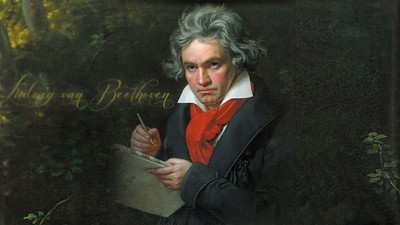A Noble Beginning
Carlo Gesualdo was born into an aristocratic family with deep ties to the Catholic Church. His uncle was Saint Charles Borromeo, and his mother was the niece of Pope Pius IV. Tragedy struck early in his life when his mother died when he was just seven years old. He was sent to Rome to be raised by his uncle, Alfonso, a dean of the College of Cardinals and later Archbishop of Naples. Initially, Carlo was not the heir to his father's titles, but the untimely death of his older brother, Luigi, in 1584, thrust him into the role.
Classical Musical Contributions
Gesualdo's contributions to music are nothing short of revolutionary. He is best known for his madrigals, a form of secular vocal music that he infused with intense expressiveness and daring chromaticism. His use of dissonance and unusual harmonies was far ahead of his time, creating a sound that was both haunting and beautiful. Gesualdo's music was characterized by its emotional depth and complexity, often reflecting the turmoil of his personal life.
His most famous works include his six books of madrigals, published between 1594 and 1611. These compositions pushed the boundaries of Renaissance music, paving the way for future developments in the Baroque era and beyond. Despite being largely forgotten after his death, Gesualdo's work experienced a resurgence in the 20th century, influencing composers like Igor Stravinsky and Alfred Schnittke.
Heinous Acts
While Gesualdo's musical achievements are remarkable, his personal life was equally dramatic. In 1586, he married his first cousin, Maria d'Avalos. Their marriage, however, was marred by infidelity. In 1590, Gesualdo discovered Maria's affair with Fabrizio Carafa, the Duke of Andria. In a fit of rage, he murdered both Maria and Fabrizio in their bed. The scandal rocked the aristocracy, but Gesualdo faced no legal consequences due to his noble status.
This gruesome act cast a long shadow over Gesualdo's life. He retreated to his castle in Venosa, where he immersed himself in music and religious penance. His second marriage, to Eleonora d'Este in 1594, was also fraught with difficulties. Gesualdo left his wife after a few months and lived in near isolation, consumed by guilt and paranoia.
Years of Isolation
Gesualdo's later years were marked by increasing eccentricity and solitude. He continued to compose, publishing two sacred motet collections in 1603 and his last two books of madrigals in 1611. His castle became a fortress of solitude, where he subjected himself to daily beatings by his servants, believing it would atone for his sins. Gesualdo died under mysterious circumstances in 1613, and his only living son, Don Emmanuele, died three weeks later.
Enduring Legacy
Despite his troubled life, Carlo Gesualdo's music left an indelible mark on the world. His innovative use of chromaticism and dissonance has been celebrated and studied by musicians and scholars alike. Gesualdo's life and work have inspired numerous artistic endeavors, including novels, operas, and scholarly articles. His story is a testament to the complex interplay between genius and madness, creativity and chaos.
Happy listening!
~
Listen to relaxing classical music, Renaissance music and baroque music on Calm Radio. Download the Calm Radio music app on your Android, iPhone, Sonos and other platforms and enjoy hundreds of classical music composers, calming music channels for focus, sleep, stress music and meditation.




